By creating characters from emotions,Inside Outuses a child-friendly approach to explain complex concepts in psychology.
Beyond entertainment,Inside Outhas had a tangible impact on its viewers' understanding of mental health.
For example, the film effectively normalizes sadness, which is often stigmatized or dismissed.
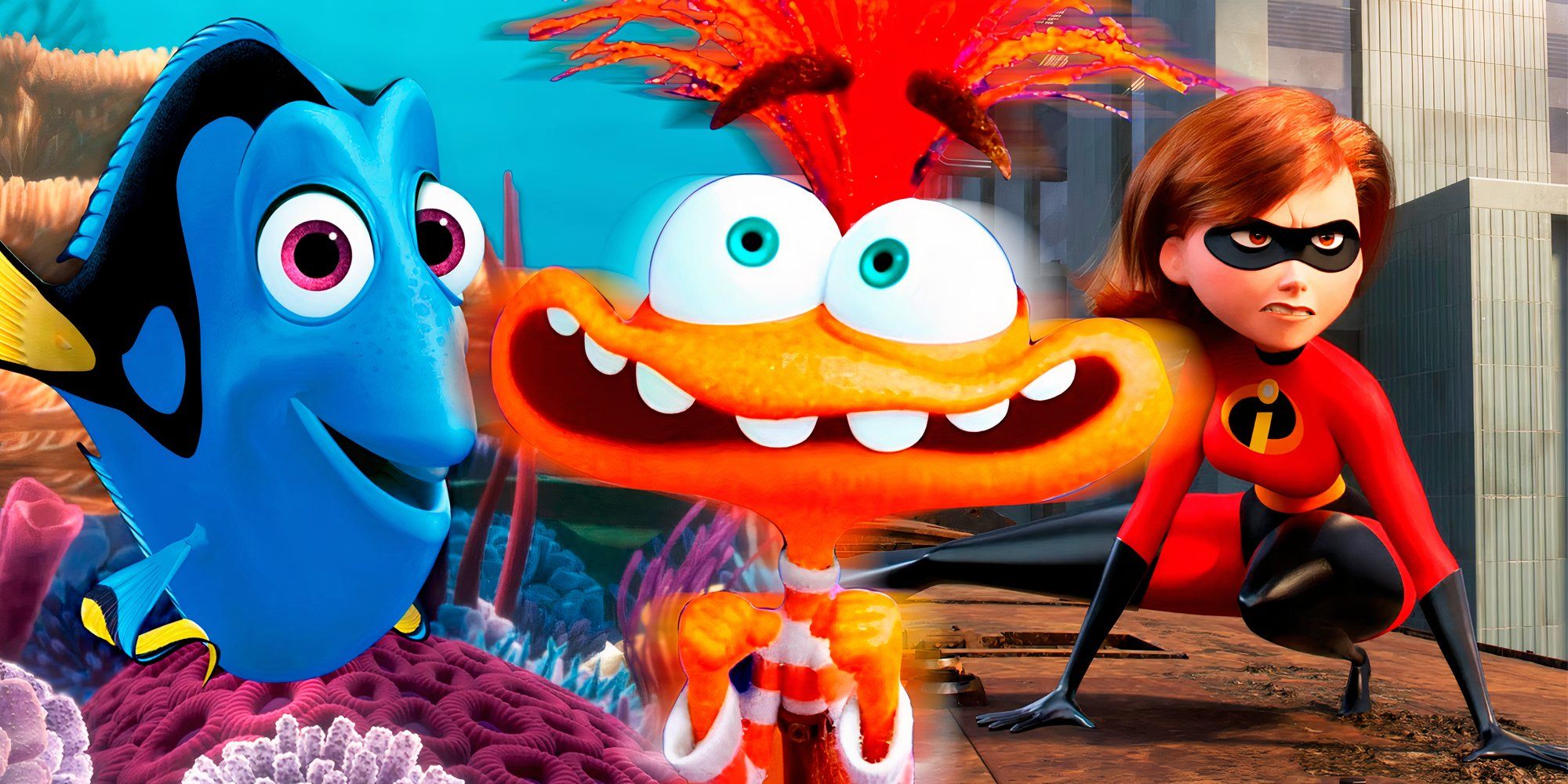
In one powerful scene, Joy realizes that Sadness has a critical role in helping Riley process difficult experiences.
Children, teens, and adults alike have been able to take valuable lessons from this film.
For many young viewers,Inside Outintroduces a vocabulary to express complex feelings they might not yet fully understand.
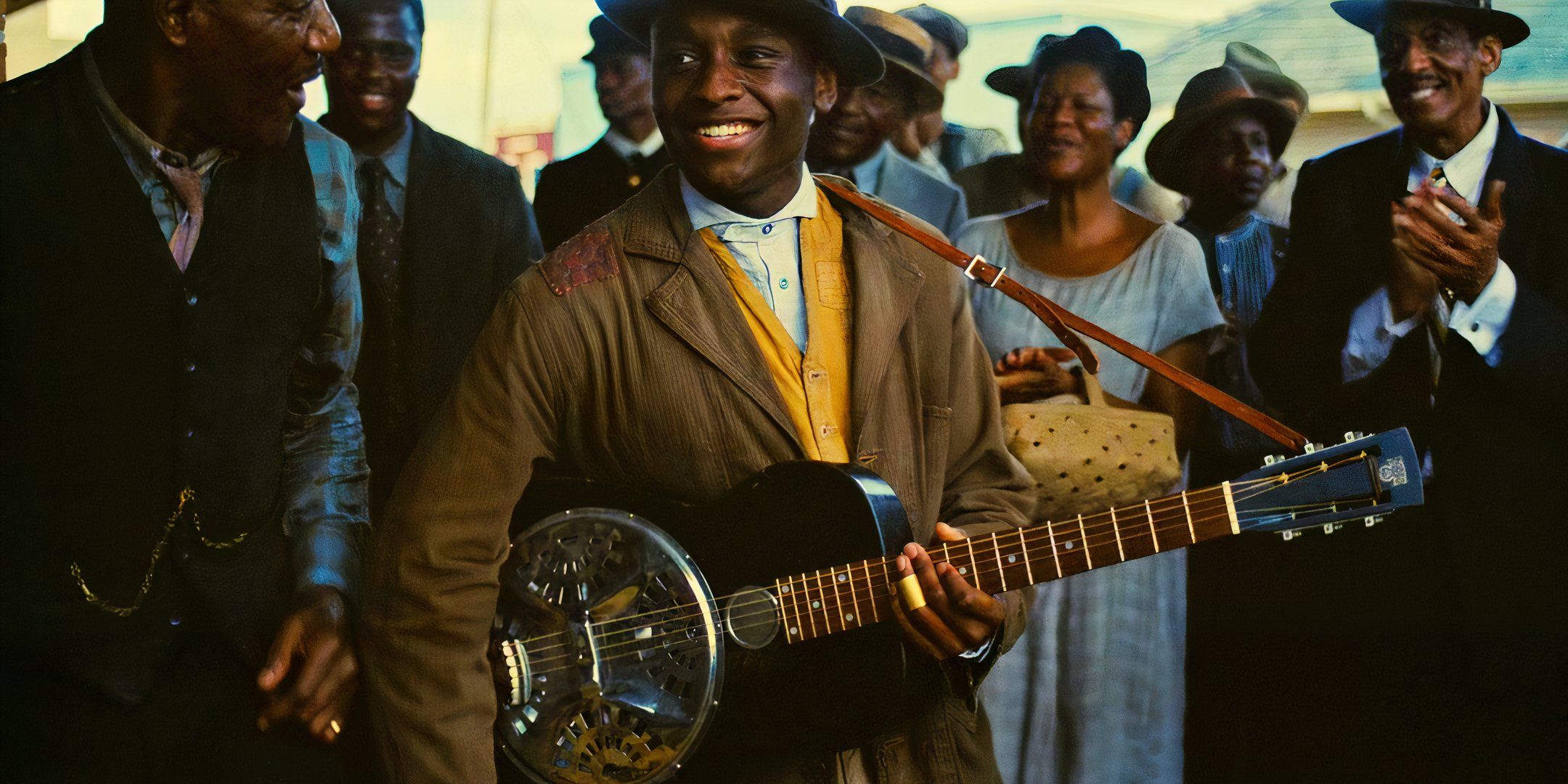
For many young viewers,Inside Outintroduces a vocabulary to express complex feelings they might not yet fully understand.
On one level, its a fun, adventurous film featuring bright characters and humorous interactions.
The story reflects the bittersweet process of growing up, showing how experiences and emotions shape who we are.
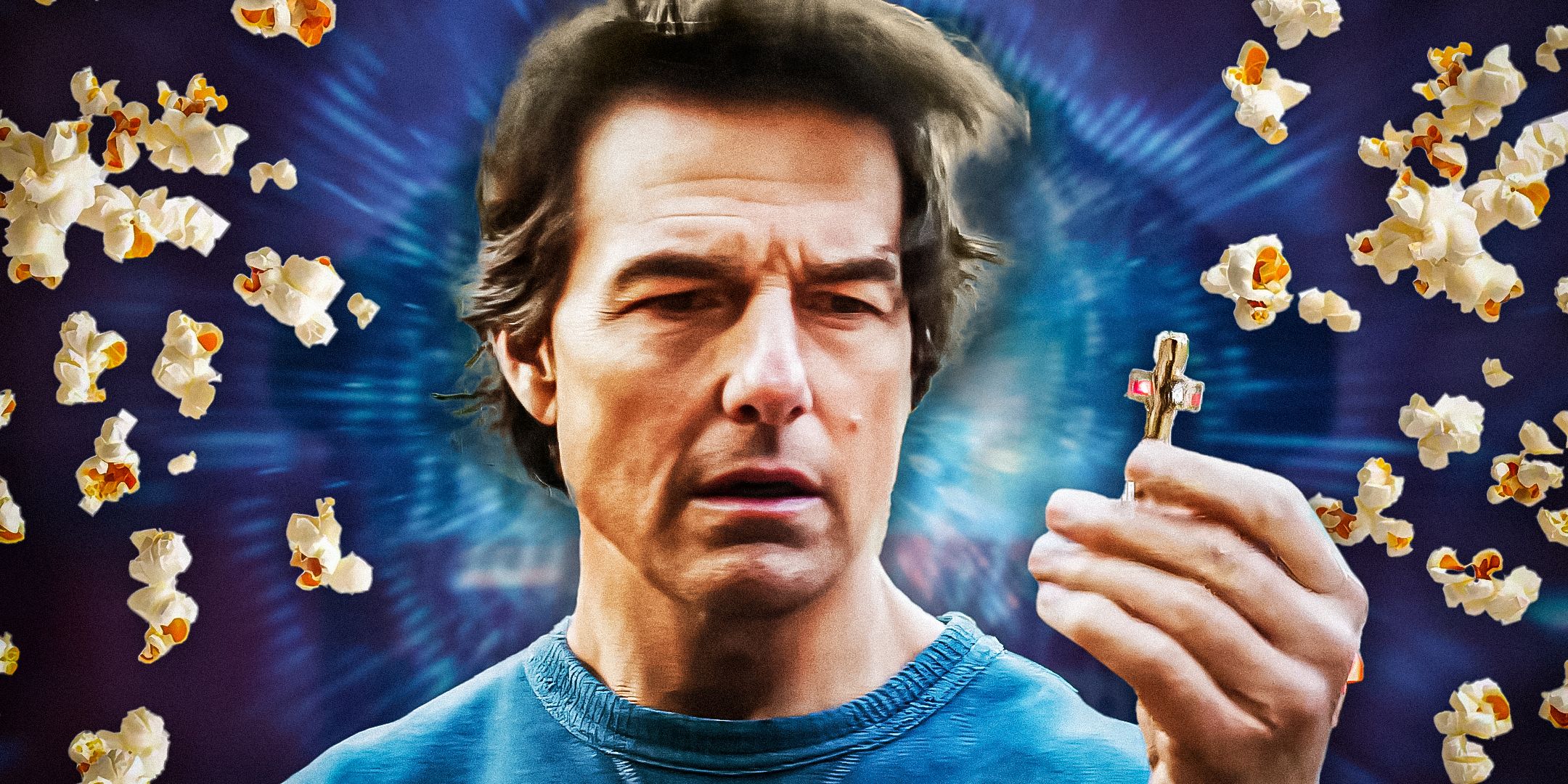
The movie also delivers a powerful message about empathy and the universality of emotions.
This is particularly impactful in an era where social media often emphasizes a picture-perfect life.
By making these ideas accessible,Inside Outextends a message of empathy and understanding to audiences of all backgrounds.
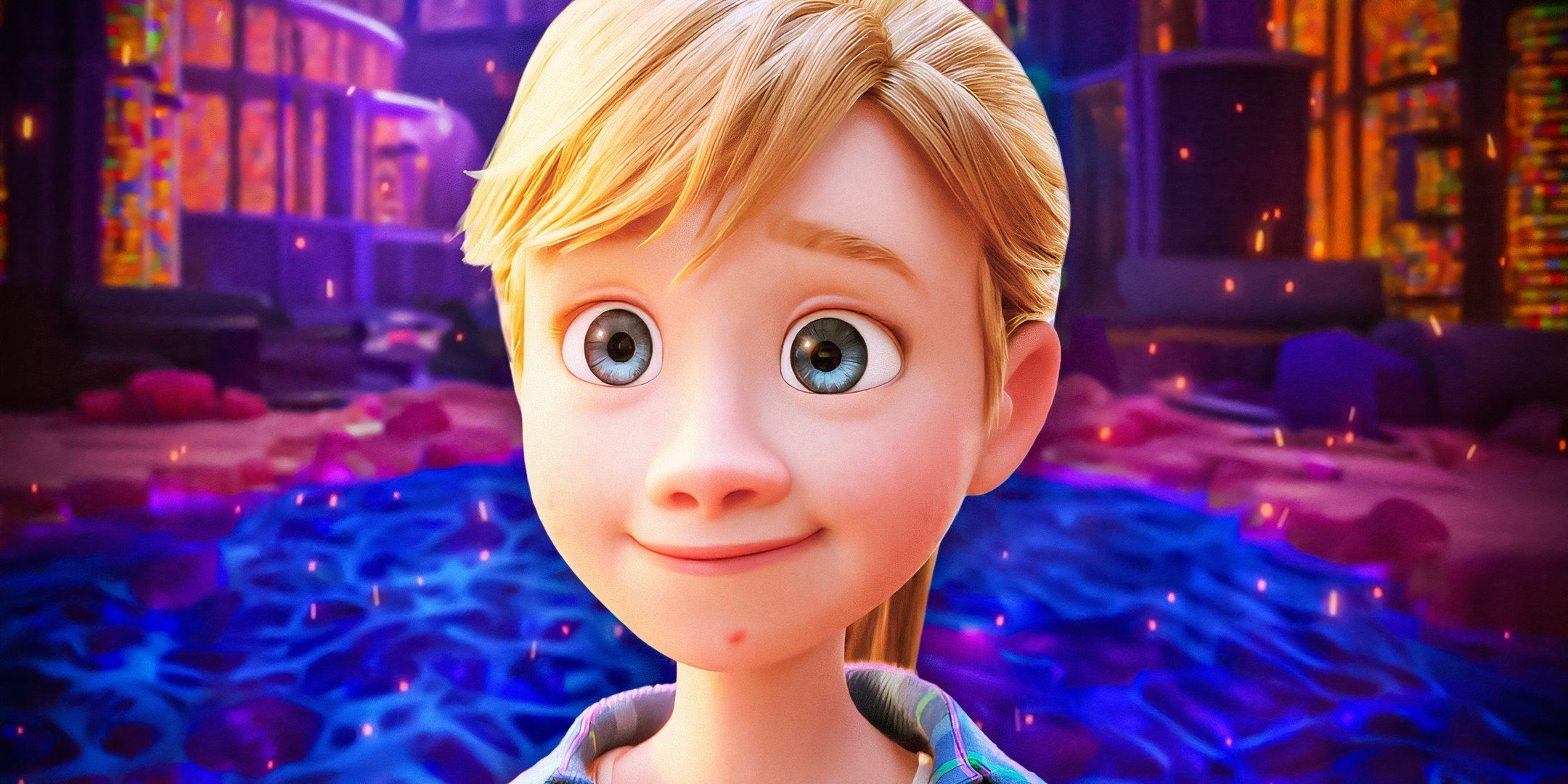
Custom Image by Yeider Chacon
The film sees Riley navigating the challenges of adolescence, making it relatable for teens and parents alike.
Inside Out 2highlights the importance of embracing both positive and negative experiences to build a resilient sense of self.
This portrayal of emotional growth is a refreshing departure from typical movies, which often focus on idealized self-esteem.
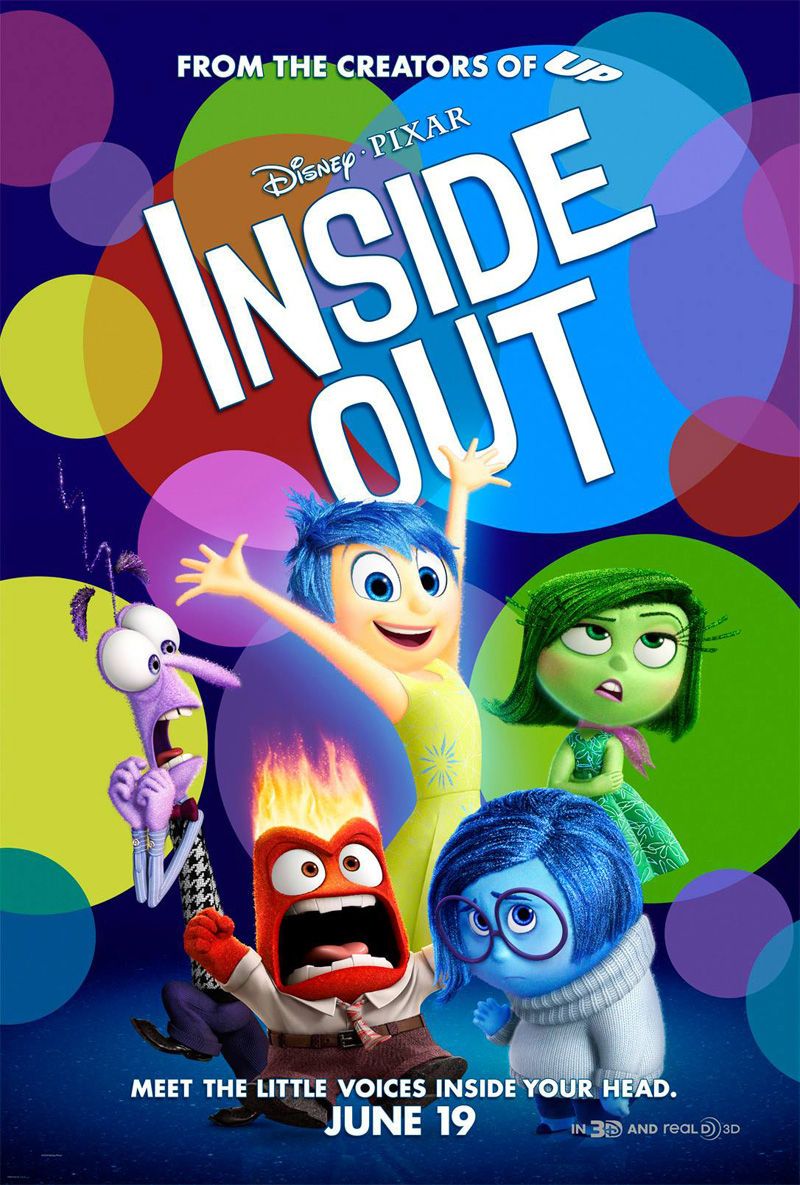
Instead,Inside Out 2encourages audiences to see their imperfections as integral to who they are.
The films authenticity opens up space forInside Outto have future sequelsto follow Riley through other life stages.


